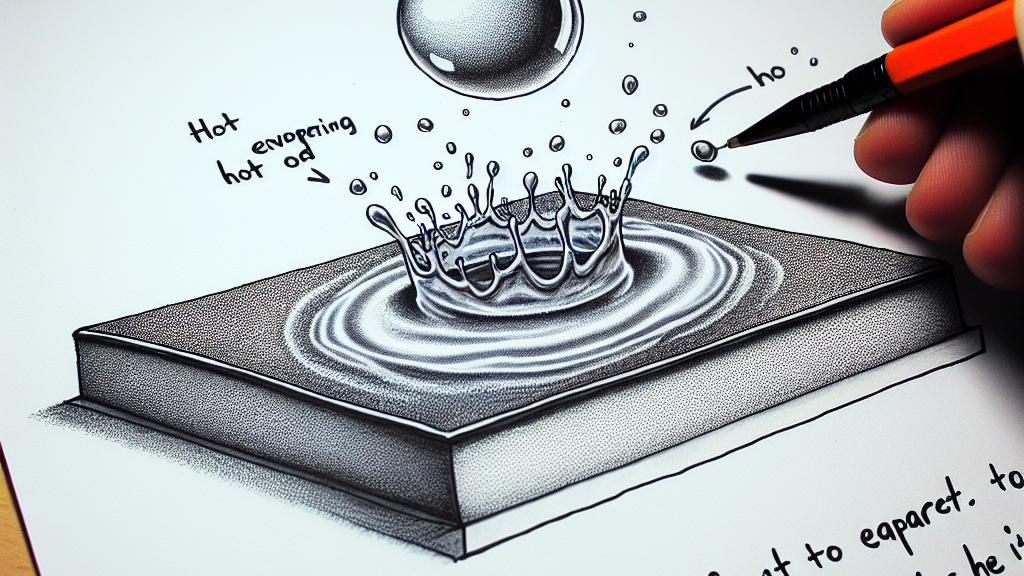Understanding How Hot Droplets Bounce on Cool Surfaces
Overview
- Hot droplets showcase incredible behaviors when they meet cooler surfaces.
- The Leidenfrost effect explains the fascinating science behind these bounces.
- This research holds the potential to transform fire safety and engine design.

Unlocking the Mystery of the Leidenfrost Effect
In a thrilling exploration of physics, particularly from the vibrant research community in Hong Kong, scientists have unveiled captivating insights into the Leidenfrost effect! You know that moment when you splash water onto a hot frying pan, and instead of sizzling away, the droplets seem to glide effortlessly across the surface? That's the Leidenfrost effect in action! But wait—there's more! These researchers have also discovered that when a hot droplet encounters a cooler surface, it doesn’t just evaporate; it can actually bounce! This incredible bouncing occurs because a thin layer of air forms underneath the droplet, creating an air cushion. Just picture how revolutionary this knowledge could be, with its potential to enhance both fire suppression strategies and ignite new innovations in engine performance!
The Mechanics Behind the Bounce
So, what’s really happening when these droplets bounce? It all starts when a hot droplet descends towards a cooler surface. The bottom of the droplet cools down rapidly compared to the top. This results in a temperature gradient that stirs up the liquid, causing hotter liquid to flow towards the base, which drags some air along with it. This effect creates a cushion of air that supports the droplet, allowing it to float—like a magic hovercraft! Isn’t that phenomenal? This fundamental understanding not only dazzles the imagination but also reveals practical applications. By leveraging this knowledge, we could devise new techniques to enhance fire safety and optimize fuel combustion in engines. The possibilities are endless!
Impacting Real-World Solutions
Now, let's consider the larger impact of this ground-breaking research! If burning droplets are prevented from sticking to surfaces, we can dramatically slow the spread of fires. Imagine this: with the application of liquid-repellent coatings, surfaces could effectively deter flames, allowing firefighters crucial extra time to control a blaze. Picture heroic firefighters equipped with advanced technology to combat raging fires more effectively—this is not just a dream; it's a growing reality! Furthermore, within the world of engineering, if fuel droplets can bounce away rather than cling to surfaces, this could lead to more efficient fuel consumption, reducing both waste and emissions. These advancements wouldn’t just improve efficiency; they could also contribute significantly to environmental sustainability. It’s exhilarating to think that simply observing how droplets behave can pave the way for improvements that will benefit society for years to come!

Loading...